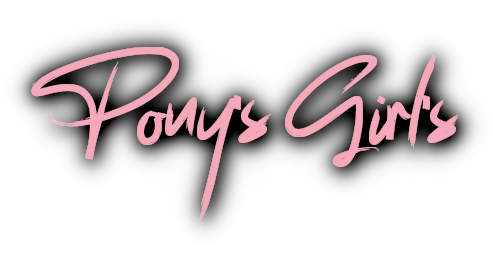Introduction:
In the realm of gender expression and identity, there are terms that are sometimes used interchangeably, leading to confusion. One such pairing is crossdressing and gender dysphoria. This blog post aims to shed light on the distinctions between these two concepts, helping to foster a better understanding of the diverse ways individuals navigate their identities.
Defining Crossdressing:
Crossdressing is the act of wearing clothing traditionally associated with a gender different from one's assigned gender at birth. It is a form of self-expression that allows individuals to explore and embrace aspects of femininity or masculinity. Crossdressers may identify with their assigned gender but find joy, empowerment, or comfort in expressing themselves through clothing typically associated with the opposite gender.
-
Motivations Behind Crossdressing:
-
Crossdressing is often a choice driven by personal preferences, aesthetics, or a desire to challenge societal norms. It may be an occasional activity or a regular form of self-expression.
-
Crossdressers typically do not experience significant distress or discomfort related to their assigned gender but find fulfillment in embracing different aspects of gender expression.
-
Defining Gender Dysphoria:
Gender dysphoria, on the other hand, refers to the distress that may arise from the incongruence between one's assigned gender at birth and their deeply-felt sense of gender identity. Individuals experiencing gender dysphoria may feel discomfort, anxiety, or depression related to their physical characteristics, societal expectations, or how they are perceived in relation to their gender identity.
-
Incongruence with Assigned Gender:
-
Gender dysphoria involves a strong and persistent disconnect between an individual's assigned gender and their internal sense of self. This incongruence can cause significant emotional and psychological distress.
-
Individuals with gender dysphoria may experience a deep desire to align their physical characteristics with their gender identity through means such as hormone therapy or gender-affirming surgeries.
-
-
Clinical Diagnosis:
-
Gender dysphoria is recognized as a clinical diagnosis, and individuals experiencing significant distress related to their gender identity may seek therapeutic interventions to explore and address these concerns.
-
Treatment approaches may include counseling, hormone therapy, and, in some cases, gender-affirming surgeries to support individuals in aligning their gender identity with their physical presentation.
-
Distinguishing Between Crossdressing and Gender Dysphoria:
-
Identity vs. Distress:
- Crossdressing is primarily an expression of identity and personal choice, whereas gender dysphoria involves distress and discomfort related to the incongruence between one's assigned gender and gender identity.
-
Frequency and Consistency:
- Crossdressing may be occasional or regular, driven by personal preferences. In contrast, gender dysphoria involves persistent and distressing feelings related to one's gender identity.
-
Clinical Recognition:
- Crossdressing is not recognized as a clinical condition, and individuals engaging in this practice may not necessarily seek therapeutic intervention. Gender dysphoria, however, is a clinical diagnosis that may lead individuals to seek professional support.
Conclusion:
While both crossdressing and gender dysphoria involve expressions of gender that deviate from societal norms, it's crucial to recognize the distinctions between these concepts. Crossdressing is a form of self-expression and identity exploration, often chosen for personal reasons, while gender dysphoria involves significant distress related to the incongruence between one's assigned gender and gender identity. Understanding these differences fosters a more inclusive and informed perspective on the diverse ways individuals navigate their gender identities.
*****************************
For more information, hints and tips make sure to consider my top selling guide - THE ULTIMATE CROSSDRESSING AND FEMINIZATION GUIDE E-BOOK

